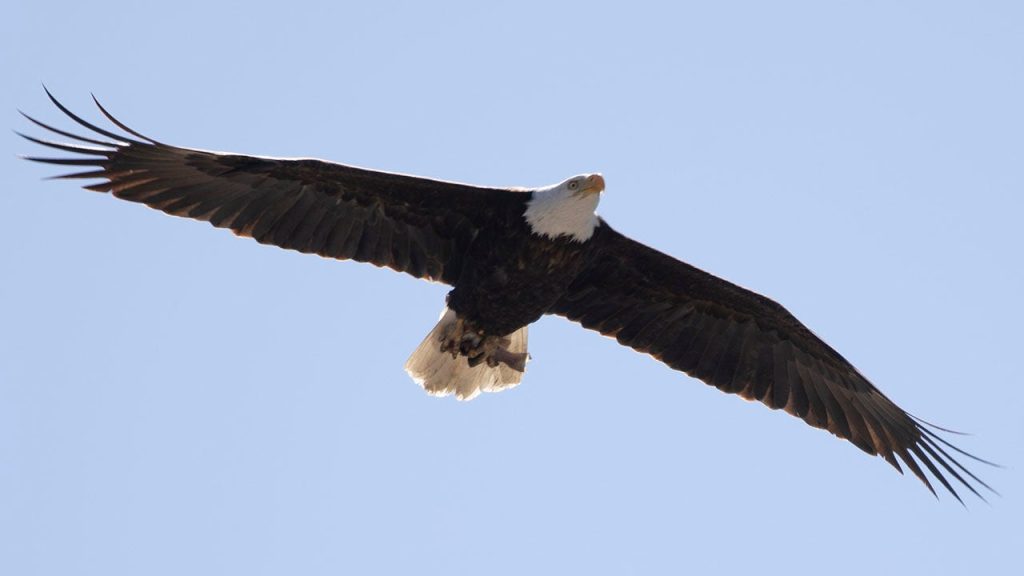New Jersey has proposed removing the bald eagle and osprey from its endangered species list due to a significant rebound in their populations since the 1980s. The turnaround is attributed to the efforts of volunteers and state professionals who have nurtured hatchlings, guarded nests, and educated the public. The bald eagle, a national symbol of the United States, was once on the brink of extinction due to habitat destruction and the use of the insecticide DDT. The ban on DDT in 1972 has allowed the population of bald eagles to recover, with 267 nesting pairs now present in every county in New Jersey.
Despite the federal government removing the bald eagle from its endangered species list in 2007, New Jersey kept the bird on its state list due to disturbances to nests and habitat threats. The state’s proposal to delist the bald eagle and osprey is seen as a milestone in wildlife conservation in New Jersey. Efforts to reverse the decline of these species began in the early 1980s, with the introduction of eagles from Canada and artificial incubation and fostering programs. This has led to a significant increase in the population of bald eagles and osprey in the state.
The use of the insecticide DDT had a significant impact on the decline of bald eagles and osprey, as it was ingested by the fish they consumed, resulting in thin eggshells. The ban on DDT has allowed for the recovery of these species, with a record 800 occupied osprey nests documented in New Jersey in 2023. The proposed rule to delist the bald eagle and osprey is currently open for public comment until August 2, allowing stakeholders to provide input on the potential delisting of these iconic bird species.
The success in the recovery of the bald eagle and osprey in New Jersey is a testament to the collaborative efforts of volunteers, state professionals, and wildlife conservationists. The proposal to delist the bald eagle and osprey signifies that these species have recovered to a point where their survival is no longer in jeopardy, marking a significant achievement in wildlife conservation in the state. The rebound in the populations of these iconic birds serves as a reminder of the importance of conservation efforts in protecting endangered species and their habitats for future generations to enjoy.


